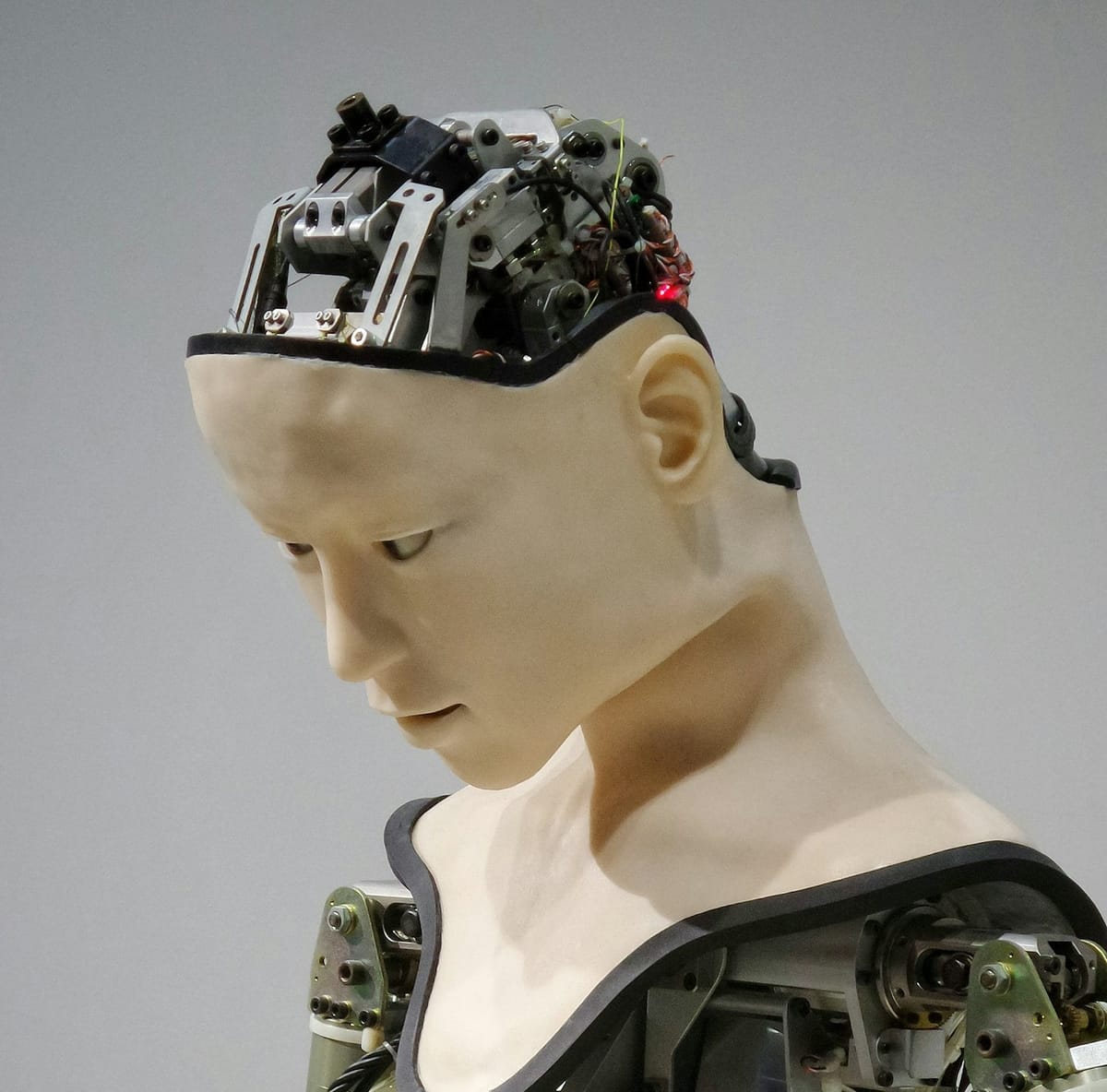Silicon to Synapse: Brain-Machine Interfaces Blur Human-AI Lines
Explore how brain-machine interfaces merge human thought with AI, unlocking new possibilities and ethical challenges in the future of cognition.

What if your thoughts could directly control a computer—or even communicate with AI?
Brain-Machine Interfaces (BMIs) are no longer science fiction. These cutting-edge technologies create a direct communication pathway between the human brain and external devices, effectively merging biological and artificial intelligence.
As BMI research accelerates, the boundaries between humans and machines are becoming increasingly blurred, opening profound possibilities—and ethical questions.
The Rise of Brain-Machine Interfaces
BMIs work by detecting neural activity and translating it into commands machines can understand. Recent advances leverage sophisticated AI algorithms to decode complex brain signals with unprecedented accuracy.
Key breakthroughs include:
- Elon Musk’s Neuralink demonstrating real-time control of robotic limbs
- Researchers enabling paralyzed patients to type words using thought alone
- Non-invasive EEG-based BMIs growing more precise and accessible
This fusion of neuroscience and AI promises revolutionary applications in medicine, communication, and human augmentation.
Applications: From Restoration to Enhancement
The potential of BMIs spans multiple fields:
- Medical Rehabilitation: Restoring mobility and communication for patients with paralysis or neurodegenerative diseases
- Augmented Cognition: Enhancing memory, focus, or sensory input through AI-assisted brain interfaces
- Human-Computer Interaction: Enabling hands-free control of devices, gaming, and virtual reality environments
- Telepathy and Communication: Future BMIs might allow thought-to-thought messaging, reducing reliance on speech or typing
This technology could transform what it means to be human.
Ethical and Societal Challenges
As exciting as BMIs are, they raise important concerns:
- Privacy: Brain data is deeply personal and vulnerable to misuse or hacking.
- Consent and Autonomy: Who controls the interface and the data it collects?
- Equity: Will BMIs be accessible or deepen social divides?
- Identity: How will merging AI with our neural processes affect human self-perception?
Developing responsible BMIs demands careful regulation, transparency, and inclusive dialogue.
The Future: Symbiosis of Silicon and Synapse
Looking ahead, BMIs could evolve from assistive tools to true cognitive partners—where human thought and AI reasoning blend seamlessly.
Imagine a future where:
- Your AI assistant anticipates needs by reading brain signals
- Creativity is augmented by direct neural collaboration with generative models
- Cognitive limitations are transcended through hybrid intelligence
The line between silicon and synapse is fading—and the human-AI relationship is entering a new era.


